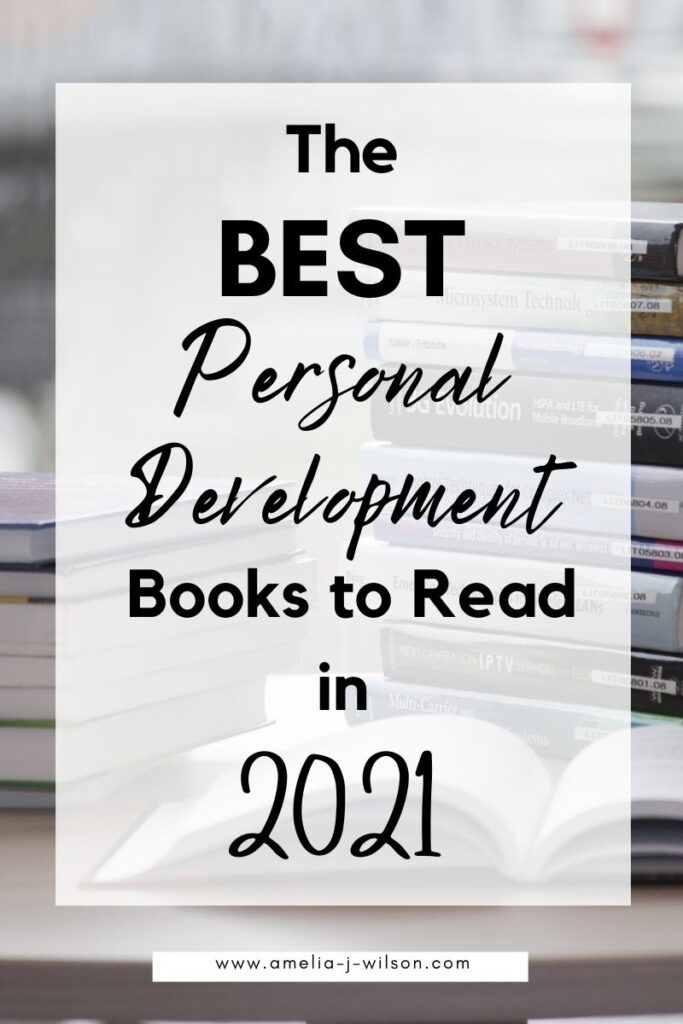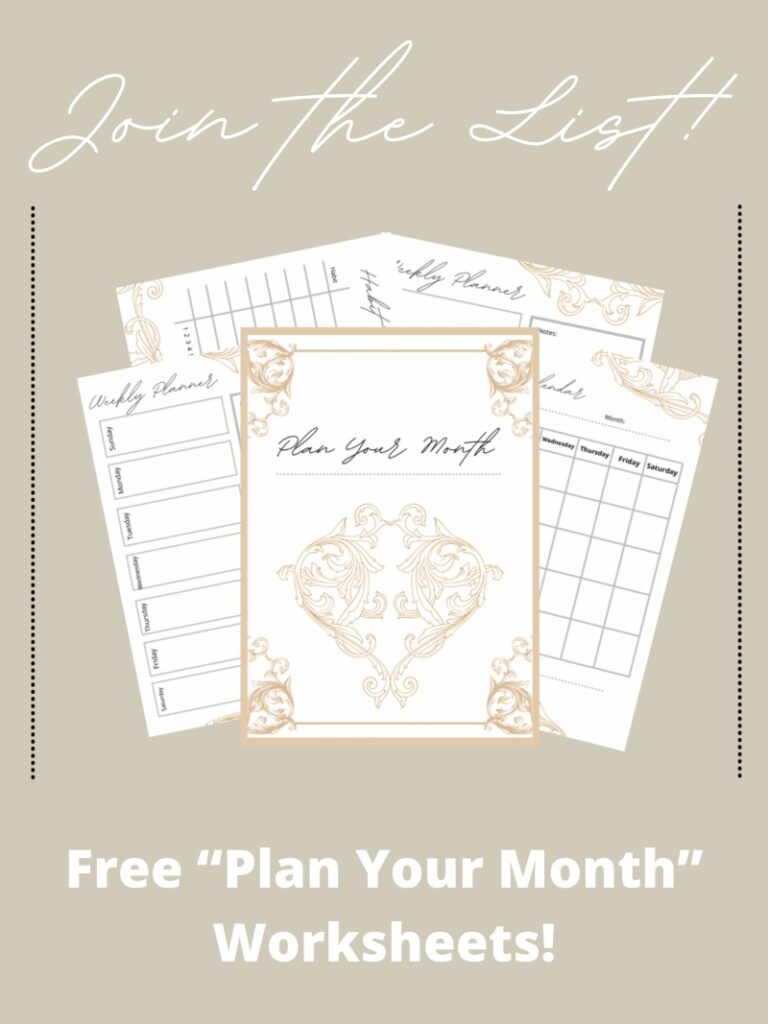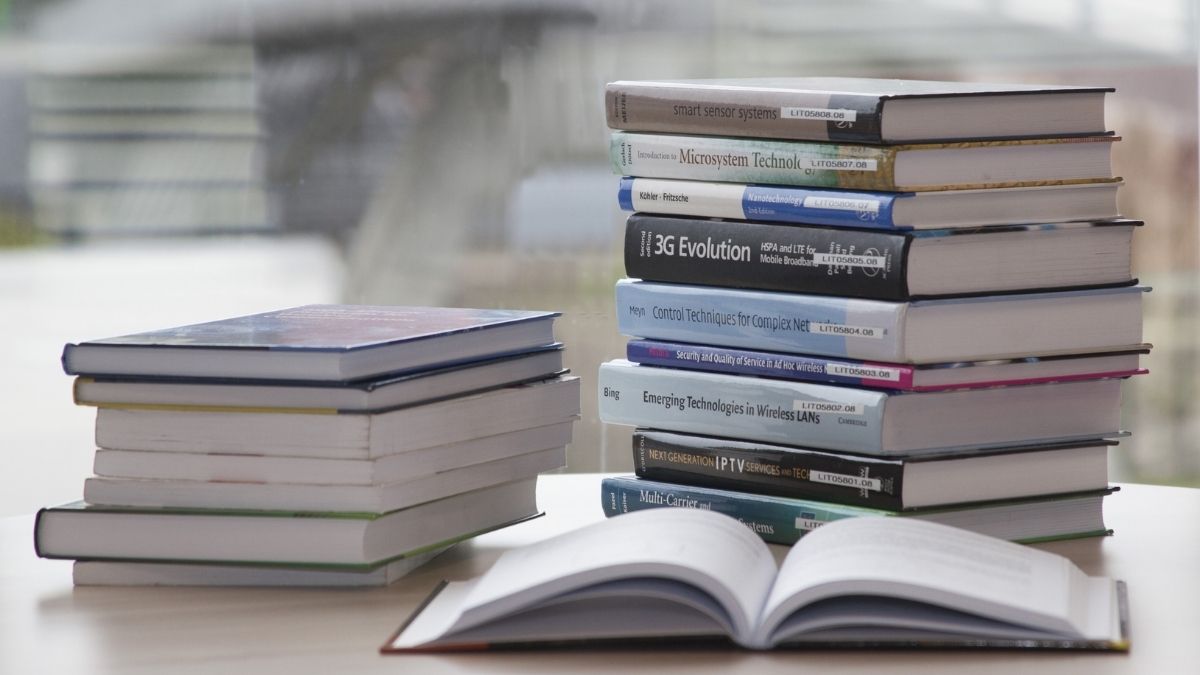Recently, I’ve been hooked on personal development. And as an avid reader, I’ve done all I could to get my hands on a few decent personal development books. After a bit of reading these past few months, I’ve gathered a greater understanding of this space as well as which books are actually worth your time.
Disclaimer: All of the views and opinions in this post are solely my own and are not sponsored. This post may include affiliate links, meaning I earn a commission through links at no cost to you.

The problem with personal development
Before diving into the best personal development books I’ve read so far, I wanted to express something that’s been on my mind lately.
Unfortunately, the personal development space is saturated with platitudes, empty phrases, and a lack of actionable suggestions. Several quotes, statements, and mindsets promote growth and healthy living, but they fall short of any real value.
A few books come to mind when I think of authors who try to boast about their own success without providing the reader with anything more than a simple “you can do it” or “you just need a positive attitude to thrive.” (Save yourself the time and don’t read The Slight Edge. It’s a wishy-washy author promo with little to no guidance.)
Furthermore, there are plenty of books that drone on and on about their topic without ever offering more than a platitude. I read Mindset at the beginning of the year after seeing it marketed on several shelves. Quickly, I became disappointed with its lack of depth and useful content. I don’t want a book that offers up the sole piece of advice in the first paragraph, leaving the rest of the book to waste time retelling the same story.
To make matters worse, beyond the scope of personal development resources that are nothing more than cash grabs and empty promises, I’ve found that many experts in this field promote the following idea: Happiness is a choice, and the best way to achieve success and abundance in life is through choosing positivity.
This is a toxic sentiment, especially for anyone struggling with a mental illness.
Nevertheless, the following books that I chose are a bit more substantial. They offer unique perspectives and actionable solutions to many problems readers have. Save yourself the trouble of sifting through superficial works and opt for something that will actually provide value to your life.
Atomic Habits by James Clear
What the book is about:
Atomic Habits is a book that aims to teach the reader how to employ and eradicate habits within their daily routines. Whether you are struggling to maintain a new habit or get rid of an old way, Clear walks you through his step-by-step process for changing your mannerisms.
Why I liked it:
Clear includes a solid foundation for his novel by focuses on different aspects of his “habit loop.” The habit loop has four key components: cue, craving, response, and reward. Each segment of the loop is a step people follow when performing a habit. To change a habit, you need to change one or more of these key components revolving around the habit.
I liked the in-depth contemplation regarding these four sections as well as Clear’s opinions on Goals vs. Systems. As this was one of the first personal development books I’d ever read, I found his ideas revolutionary and extremely beneficial.
My favorite part of Atomic Habits, however, are the straightforward fill-in-the-blank statements that Clear included to help guide readers. For example, if you want to use his methodology of habit stacking, you would follow this formula:
“After I [CURRENT HABIT], I will [NEW HABIT].”
Similarly, when creating specific habits (in order to make them actionable and routine worthy) you could use the formula:
“I will perform [HABIT] at [TIME] in [DESIGNATED SPACE].”
If you want to learn more about some of these formulas or how to use Atomic Habits to transform your life, I suggest looking at my discussion on James Clear’s Atomic Habits in my blog post on the same topic.
Additionally, Aidan Hornsby published a simplified but comprehensive article detailing some of the key components of James Clear’s Atomic Habits that I suggest you look into if you’re interested in this book.
While this book has several useful tools and tips for creating and molding habits, the ideas are not entirely unique to Clear. I read Atomic Habits a month before I discovered The Power of Habit by Charles Duhigg. The ideas within the two works are very similar. For example, Duhigg also includes a “habit loop” consisting of these elements: cue, routine, reward.
I will admit that Clear’s work was much more thorough and easier to follow along. Though, I think that Duhigg’s work is also worth a read.
Key takeaways:
- The “Habit Loop” is something we all participate in, and it consists of cues, cravings, responses, and rewards.
- The uses this loop to depict how to create and eradicate new and old habits.
- Clear’s understanding of goals vs. systems is effective and intriguing.
- There are several formulas and phrases to help readers shape habits in their daily routines.
Emotional Agility by Susan David PhD
What the book is about:
Emotional Agility by Susan David PhD details how our emotions influence us and how we can use emotions to our advantage to curate a healthier lifestyle. When we have a greater sense of emotional agility, we are more likely to act or react to the world in a rational manner.
Why I liked it:
Emotional Agility was much more psychological than other books I’ve read in this space. There was an intense focus on how people act, why we are the way we are, and how our emotions shape our lives. Put simply, this book could be summed up as a lengthy lecture on how to control your emotions/be more attuned to yourself and your responses to situations.
I enjoyed how eye-opening many of David’s sentiments were throughout the book. First, the idea of getting “hooked” was a clever way to depict how we all have instinctual, natural responses to several scenarios. Often, we act before we think. I enjoyed David’s explanation of the hook and how one might go about redirecting and rewiring your brain to “act” in a more logical manner.
David notes that there are seven emotions that control us: joy, surprise, fear, anger, sadness, disgust, and contempt. (Notice that it is similar to the movie Inside Out? These are the fundamentals of emotional psychology). Throughout the book, David highlights how we respond to each of these emotions without thinking.
I personally liked the mid-section of the book that dove into more implementations of these ideas. David provided scenarios, group activities, and personal questions that one might experience in a therapy session. Though, I found nearly all of them to be extremely useful and, of course, much more affordable than therapy.
While I am not a fan of the entire segment on how to handle children and their emotions (I am not a parent), I will note this book for my future self, and I believe it could be beneficial to many parents struggling with handling the vast fluctuations of children’s emotions.
One thing that stood out to me was David’s perspective on happiness. She references that too much emphasis on being happy can be detrimental to people. For example, it could lead to high expectations and, in turn, more opportunities for disappointment. As mentioned earlier in this article, many self-help and personal development experts attempt to solve every problem with “just be happy.” I enjoyed David’s take that each emotion must be felt to live a fulfilling life, and we should not expect to be happy all the time.
Key takeaways:
- There are seven core emotions: joy, surprise, fear, anger, sadness, disgust, and contempt.
- We need to confront each emotion with rational thought.
- We must learn to accept things as they are to move forward.
- There are several exercises and questions for the reader to participate in to understand his/her own emotional agility better.
- Each emotion must be felt, and we shouldn’t aim to be happy all the time.
Essentialism by Greg McKeown
What the book is about:
Essentialism by Greg McKeown highlights the importance of intentionality within our day-to-day lives. While much of the book does focus on business and entrepreneurial pursuits, there are also several ties that many average folks (including myself) can relate to. The book ultimately asks the reader to identify what is “essential” and urges them to emphasize the important aspects of life.
Why I liked it:
Overall, this was a wonderful book with many insightful tidbits of information. While I can’t say all of his advice was unique or revolutionary, I did find it beneficial. This book would be well-suited for someone just entering the intentional living space, looking to add more value to their daily routines.
McKeown’s conversation on decision-making was one of the most valuable within the book. He doesn’t try to hide the fact that every decision has its pros and cons, and it is up to you to determine which route you want to take. The idea that there is a trade-off for every action is also a valuable lesson, albeit slightly disheartening for those of us who “want it all.”
On a side note, I really valued some of the etymology and in-depth look at words like “journalist,” “school,” and “company.” As a lover of language myself, I found it enjoyable to learn about why businesses are shaped the way they are or why adults find it hard to determine what’s essential, thanks to our lackluster societal structure.
For example, McKeown comments about how school had at one point meant “leisure” and was a place for which play, curiosity, and knowledge were valued. However, after the industrial revolution, the school system changed and has remained the same ever since. The goal is to create good workers that will contribute to the capitalistic and economic functions of society. All the while, we are consistently taught that “play” is a waste of our time and curiosity is ultimately discouraged.
Key Takeaways:
- Learn the difference between hyperactivity and productivity. Hustling all of the time will get you nowhere if done without intention and planning.
- Be decisive. If it isn’t a clear “yes,” then respond with a “no.”
- Set boundaries within your life in order to focus on what is essential.
- “Less is more,” and “do fewer things better.” There’s no need to overwhelm yourself. Start small.
- Learn to “play” and push your own perceptions of what is “important.”
Overall, these were my favorite (and the most useful) books I read in the personal development space. The market is certainly oversaturated with non-actionable and ill-advised works, so I would encourage caution before purchasing. Personally, I’ve found that a simple trip to the library is sufficient enough if you’re interested in reading books on personal growth.

If you like this post, check out some similar posts of mine below!
Feel free to leave a comment below and let me know any good Chicago restaurants you’d like me to review and try!
You can also email me with questions or concerns you may have at info.amelia.wilson@gmail.com
My new book, Witch in the Water, is available on Amazon!
Also, check out my poetry book, The Lights are on but Nobody’s Home, available now on amazon for $6.99 in paperback form!
Disclaimer: All of the views and opinions in this post are solely my own and are not sponsored. This post includes affiliate links, meaning I earn a commission through links at no cost to you.
Thanks again




